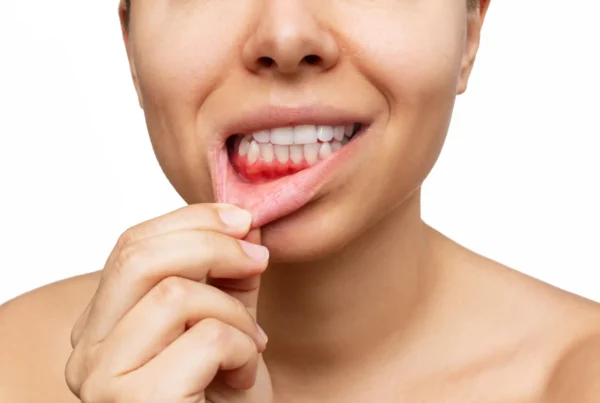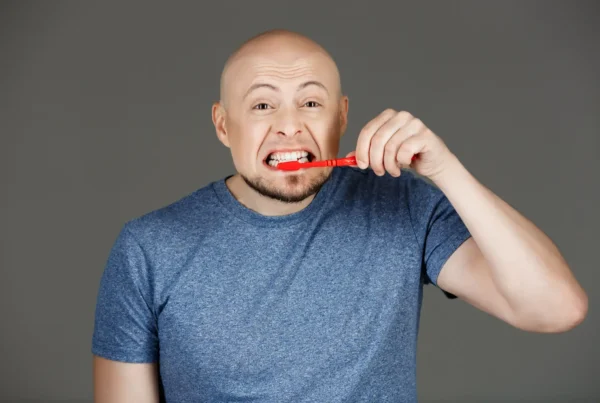Carbamide peroxide is a chemical compound commonly encountered in oral hygiene formulations, particularly in whitening and antiseptic products. This article outlines its physicochemical properties, mechanism of action, range of applications in dentistry and related fields, as well as associated safety concerns and contraindications.
Chemical composition and mechanism of action
Carbamide peroxide is a crystalline, water-soluble solid composed of approximately one-third hydrogen peroxide by weight, with the remaining component being urea. Upon dissolution in aqueous media, the compound dissociates to release free hydrogen peroxide in a 1:1 molar ratio, allowing for a controlled and sustained oxidative effect. This dissociation process ensures greater chemical stability and improved handling characteristics compared to liquid hydrogen peroxide.
Synthesis of carbamide peroxide involves dissolving urea in a 30% hydrogen peroxide solution at temperatures below 60°C. Upon cooling, the compound precipitates in the form of small crystalline plates. In contrast to hydrogen peroxide, which exerts its oxidative activity predominantly within the first hour of application, carbamide peroxide decomposes more gradually, extending its therapeutic window.
Properties and reactivity
As an oxidizing agent, carbamide peroxide is widely used for both disinfecting and bleaching purposes. It typically appears as a white powder or as colorless crystalline needles or plates. Thermal decomposition becomes significant above 82°C; thus, safe storage and application require maintaining temperatures below 60°C.
Upon aqueous dissolution, the compound reverts to its constituents—hydrogen peroxide and urea—exerting both antimicrobial and keratolytic effects. These features make it suitable not only for dental applications but also for broader clinical and laboratory uses requiring oxidative stability and efficacy.
Clinical applications of carbamide peroxide
Carbamide peroxide is frequently used in oral care products such as whitening toothpastes and gels, as well as in pharmaceutical preparations targeting gingival inflammation and oral mucosal lesions. It also finds use in emulsifying and dispersing cerumen in otologic preparations.
In ophthalmology and optometry, it serves as a disinfectant in contact lens cleaning solutions. Additionally, its stable oxidative profile makes it a valuable reagent in laboratory protocols where hydrogen peroxide might be less controllable.
Read more: Fluoride
Safety profile and contraindications
While carbamide peroxide is generally recognized as safe for topical oral use, its application is contraindicated in specific clinical scenarios:
- Active periodontitis
- Pregnancy and lactation
- Dentin hypersensitivity
- Untreated dental caries
- Defective or leaking restorations
- Gingival inflammation
- Untreated periodontal disease
Excessive concentrations or prolonged exposure to carbamide peroxide may pose a risk of adverse effects. Notably, high concentrations (e.g., ≥30%) can lead to a reduction of enamel protein content by up to 50%, compromising enamel integrity and facilitating penetration into dentin and pulp. This may result in cytotoxic damage to pulpal cells and, in extreme cases, irreversible necrosis.
Therefore, it is essential for both clinicians and patients to be aware of the potential risks associated with the overuse or misuse of carbamide peroxide-containing products.






